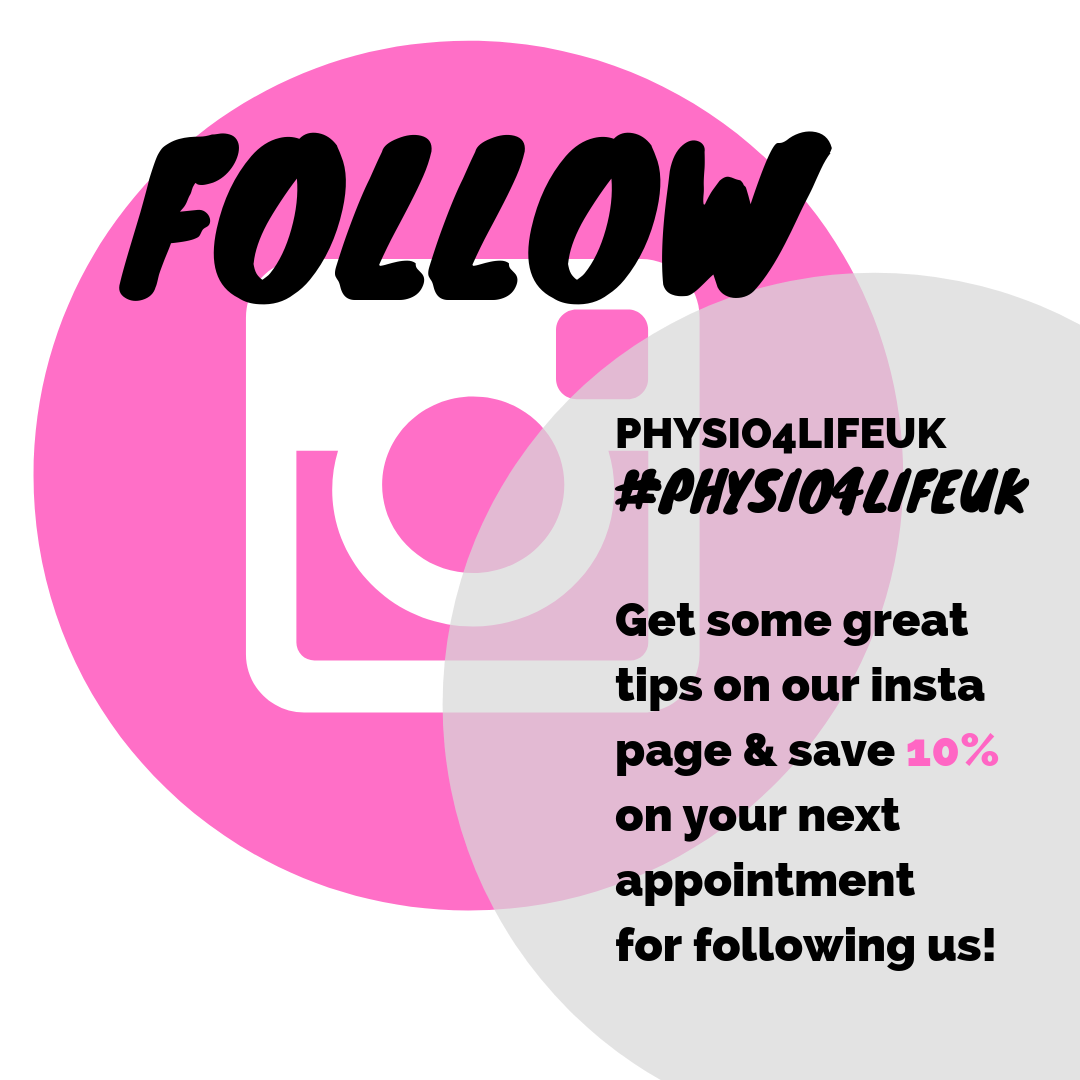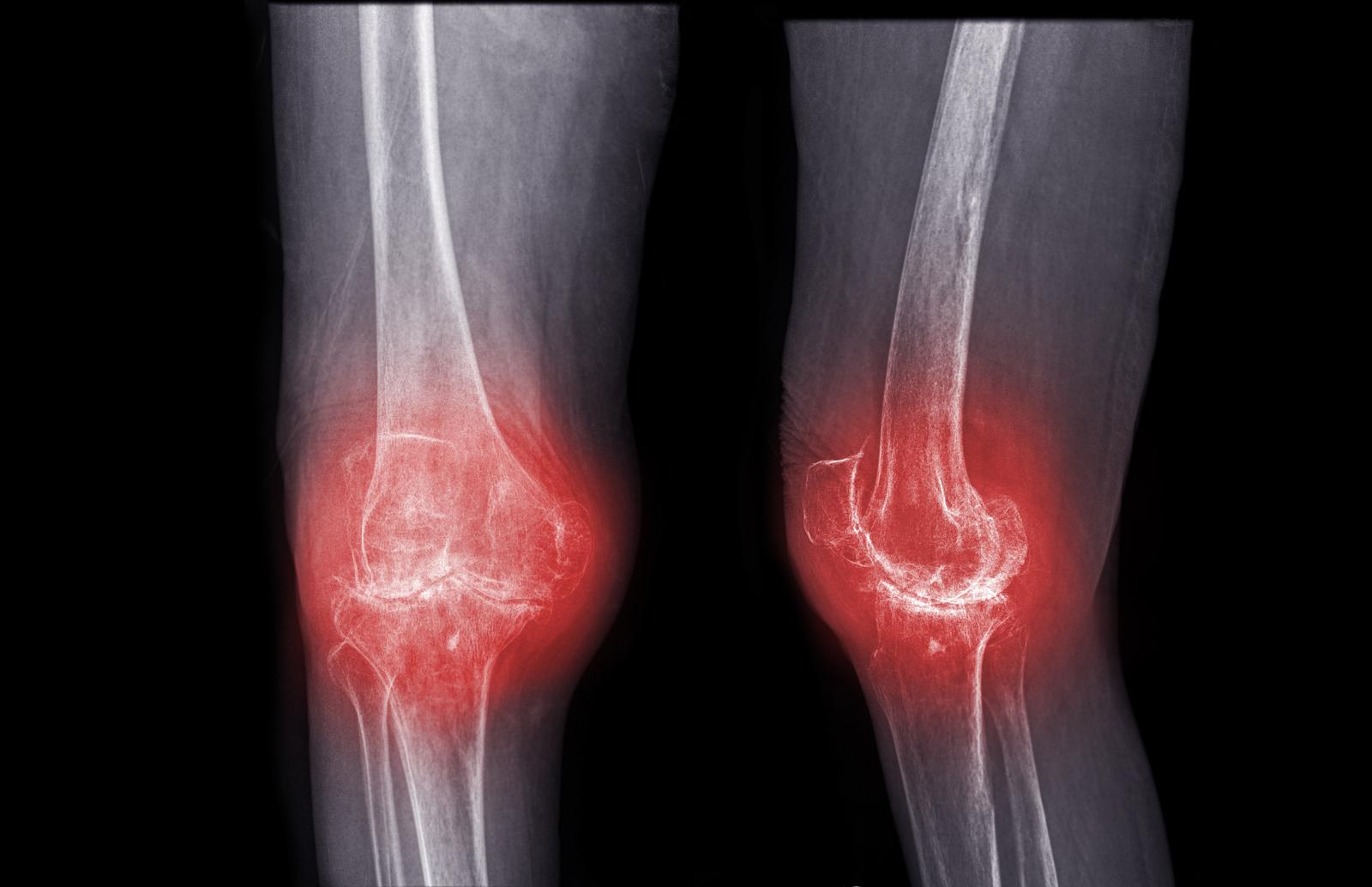Introduction
Joint replacement surgeries have transformed the lives of countless individuals suffering from debilitating joint conditions, such as osteoarthritis and rheumatoid arthritis.
These innovative procedures offer a chance at regaining mobility, reducing pain, and enhancing overall quality of life. However, the success of joint replacement doesn’t solely depend on the surgical intervention itself; it significantly hinges on the postoperative rehabilitation process. In this
blog, we delve into how our therapists can help optimise each facet of your recovery to get YOU back to what YOU want to do faster.
1. Restoring Range of Motion
Following joint replacement surgery, prolonged immobilisation can lead to joint stiffness and reduced range of motion. Rehabilitation plays a pivotal role in gradually restoring the joints flexibility.
Under the guidance of skilled physiotherapists, patients are taken through specific exercises and stretches to gently mobilise the joint as soon as possible after surgery to prevent scar tissue formation and enhance its functional capabilities.
We at Physio4Life do this from day 1 post-operatively, strictly adhering to any restrictions that may be in place for your particular surgery, giving you the confidence to get back movement faster, and in a completely safe manner.
2. Strengthening Muscles
The muscles surrounding the replaced joint may have weakened due to preoperative pain, limited use, and the trauma from the surgery. The importance of ‘prehab’ or pre-surgery rehabilitation cannot be underestimated for successful outcomes post-surgery, so we tailor all plans and exercises for each person to optimise their outcome based on their own current ability. Post surgery,
it is vital to re-establish muscle strength to provide adequate support and stability to the new joint. Our rehab programmes are well rounded, incorporating strengthening for all muscle groups that have been affected.
This includes muscles that have stabilising and supporting roles as well as those that provide strength and power to allow full movement and function. This has also been shown to reduce future injury risk and help with prevention of falls.
3. Pain Management
While joint replacement surgery significantly alleviates chronic joint pain, it is normal to experience some pain during the initial stages of recovery. Rehabilitation programs incorporate pain management techniques, which may include ice or heat therapy, gentle massage, and appropriate medication as prescribed by the healthcare team.
Pain with joint replacement rehab is sometimes unavoidable in order to achieve the range and strength required for a full recovery, but we will make
sure that you will not be progressed beyond a level that is suitable for your stage of rehabilitation.
4. Balance and Coordination
After joint replacement surgery, patients may experience temporary alterations in balance and coordination due to changes in joint mechanics. Rehabilitation focuses on balance exercises and coordination drills to help patients regain their equilibrium and confidence in movements. By honing these skills, the risk of falls decreases and patients can return to their daily activities with greater ease.
5. Preventing Complications
Rehabilitation serves as a safeguard against potential postoperative complications. One of the major concerns after joint replacement is the risk of blood clots, especially if the patient remains sedentary for extended periods.
Through rehabilitation, patients are encouraged to engage in controlled and
safe physical activities, which aid in stimulating blood circulation and reducing the likelihood of clot formation. Additionally, proper rehabilitation can help detect and address any issues with the joint replacement early on, potentially preventing potential complications that may require further intervention.
6. Mental and Emotional Well-being
The recovery period after joint replacement can be physically and emotionally demanding. Patients may encounter feelings of frustration, impatience, or anxiety as they navigate through the healing process.
Rehabilitation offers not only physical support but also a supportive environment where patients can share their concerns and triumphs. The encouragement and guidance provided by physiotherapists play a significant role in boosting the patients mental well being and overall morale.
At Physio4Life we offer personalised 1:1 physio sessions AND small group classes to allow you to optimise your rehab experience. This added class allows you to work alongside people in a similar situation at various stages of
their own journey, adding extra motivation and inspiration for both you and others, leading to the best outcomes for all!.
Conclusion
Joint replacement surgery can provide a new lease of life for individuals limited by severe joint conditions. However, to ensure the best possible outcome, postoperative rehabilitation is non- negotiable.
It is the bridge that connects the surgical success to optimal recovery, empowering patients to regain functionality, reduce pain and return to an active, fulfilling lifestyle. The collaborative effort between patients, their surgical team and physiotherapists is the key to unlocking the full potential of the joint replacement surgery.
We will now be running a specific rehabilitation class twice per week at Physio4Life with the aim of assisting people back to their optimal condition.
There will be a maximum of 6 people per class, careful supervision of one of our specialist physiotherapists (who have plenty of joint replacement rehab experience), and tailored exercises throughout – all with the aim of improving the key areas above. We will guide you through your early-mid stage rehab in this setting, get you back walking normally, without any aids and maximising the potential of your joint replacement!
After this stage your post-operative journey will have just begun but you will already be reaping the rewards of yours and your therapists hard work. Our therapists will then be able to advise you on your further rehab and how to progress onwards.




